Optimal Timing for English Ivy Removal
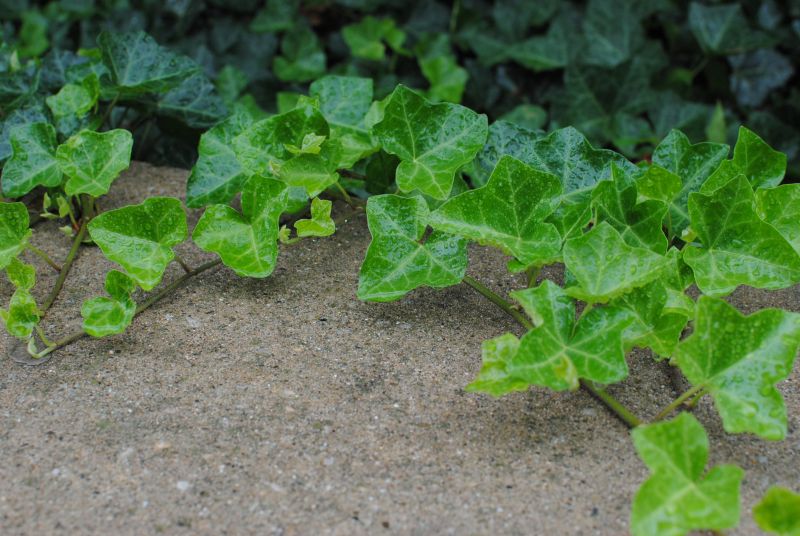
Spring is an optimal time for removal due to active growth, making it easier to identify and extract ivy.
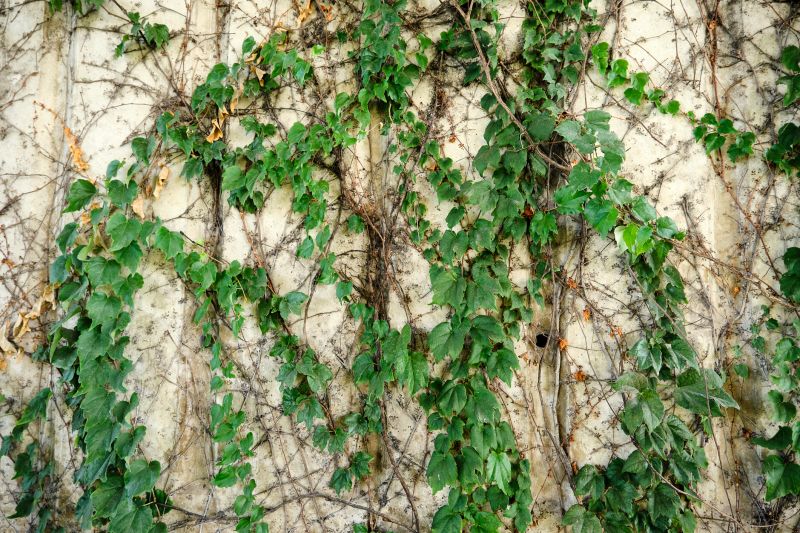
Summer removal can be effective but may require caution due to higher temperatures and potential plant stress.

Fall allows for removal before winter dormancy, reducing regrowth and damage to structures.
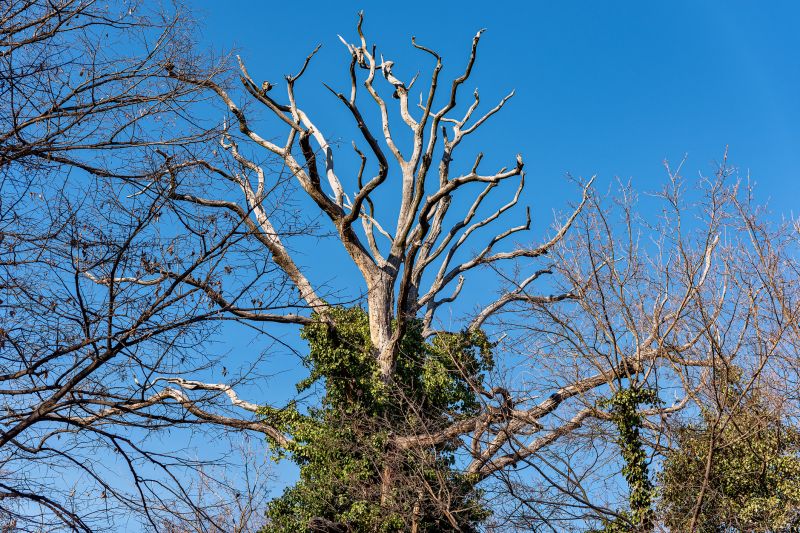
Ways to make English Ivy Removals work in tight or awkward layouts.
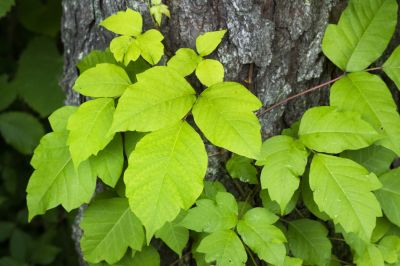
Popular materials for English Ivy Removals and why they hold up over time.
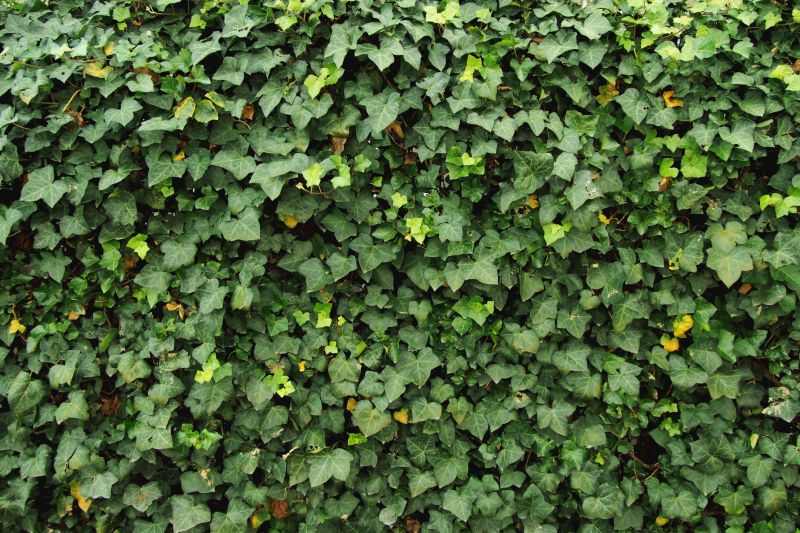
Simple add-ons that improve English Ivy Removals without blowing the budget.
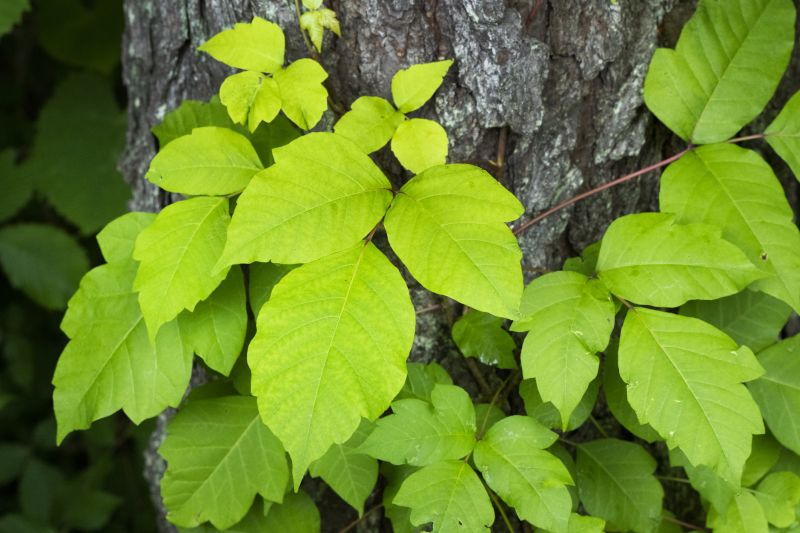
High-end options that actually feel worth it for English Ivy Removals.
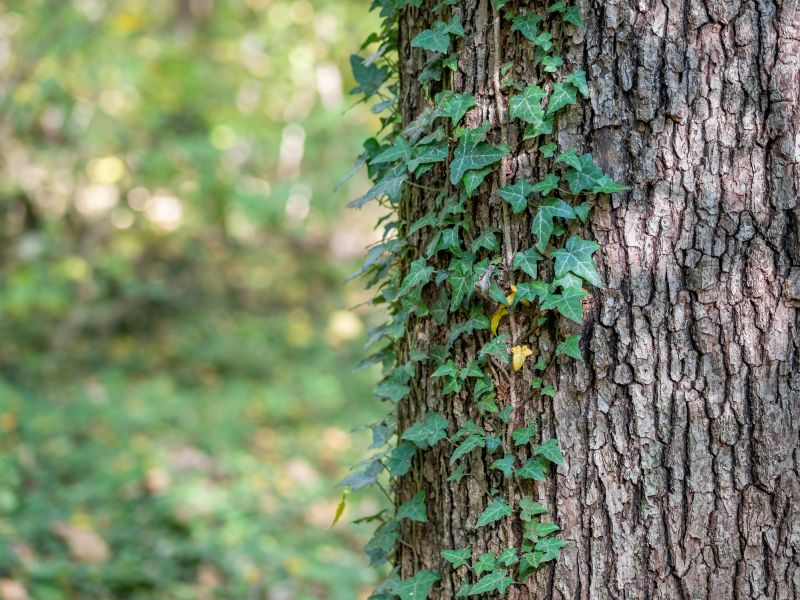
Finishes and colors that play nicely with English Ivy Removals.
English ivy is a pervasive invasive plant that can cause structural damage, block sunlight, and harm native ecosystems. Proper timing of removal is crucial to ensure effective eradication and minimize regrowth. The best time for removal depends on factors such as plant growth cycles, weather conditions, and the specific site. Typically, early spring and fall are considered ideal periods for removal efforts, as these seasons align with active growth and dormancy phases.
Statistics indicate that removal during active growth phases, such as spring, results in higher success rates. Ivy's rapid growth can reach up to 9 inches per week during peak season, making timely removal essential to prevent extensive coverage. Additionally, removing ivy before it produces seeds in late summer or fall can significantly reduce future spread. Proper timing enhances the effectiveness of removal and can lead to long-term control of invasive ivy populations.
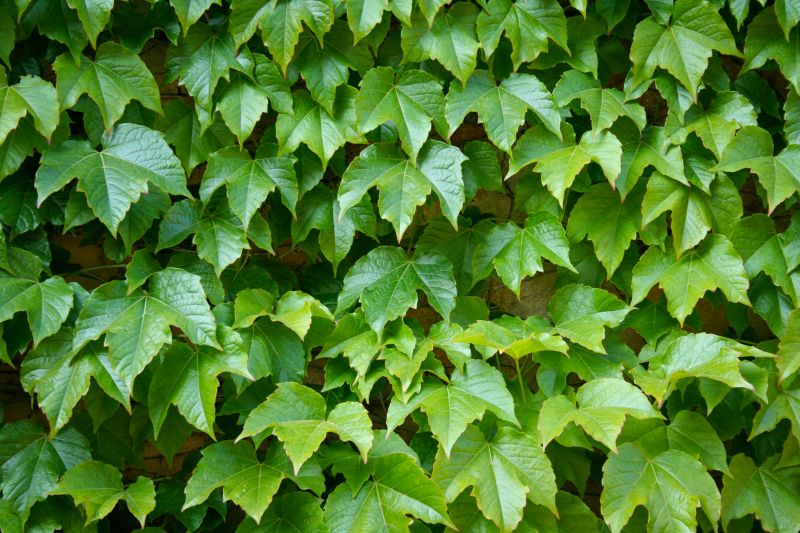
Target active growth to remove ivy before seed production begins.

Remove ivy before dormancy to prevent regrowth during winter.
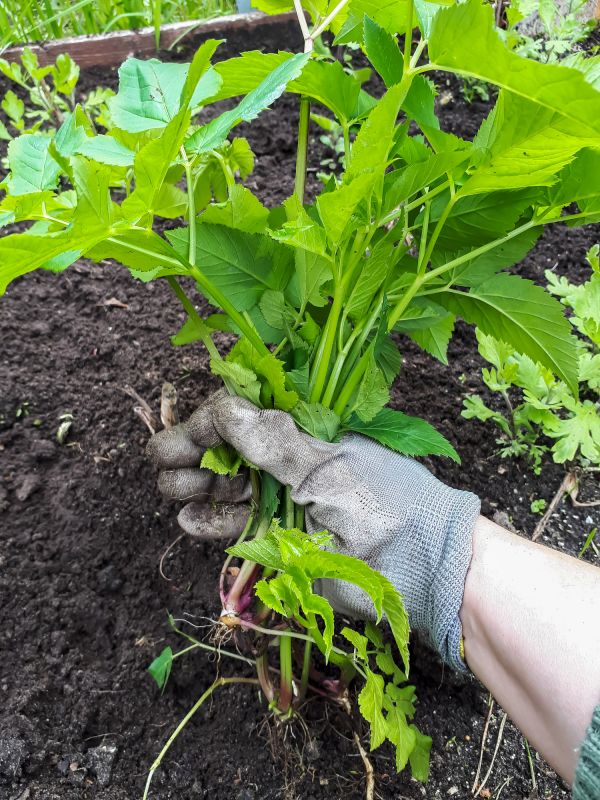
Higher temperatures may require additional precautions during removal.
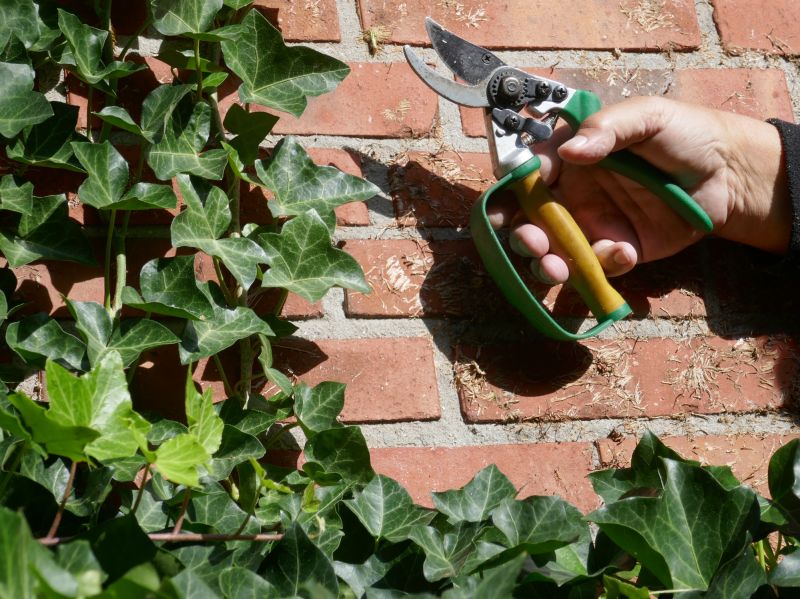
Regular inspections ensure complete eradication and prevent regrowth.

Little measurements that prevent headaches on English Ivy Removals day.
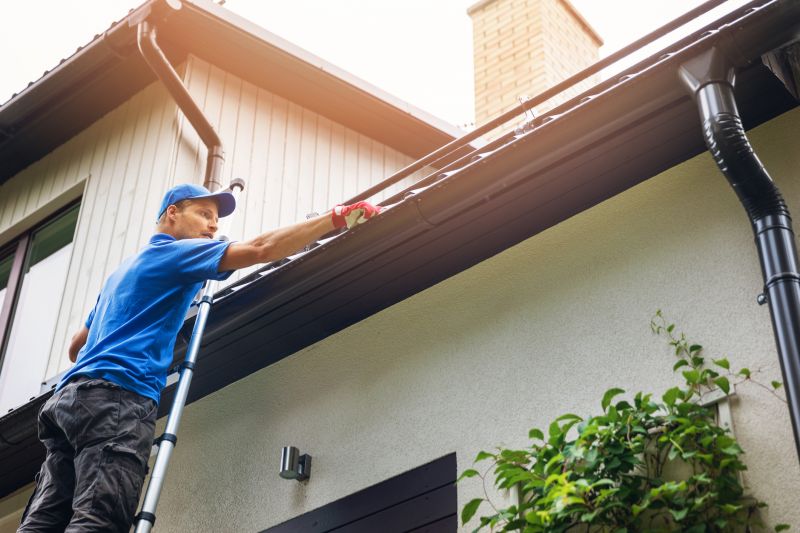
A 60-second routine that keeps English Ivy Removals looking new.
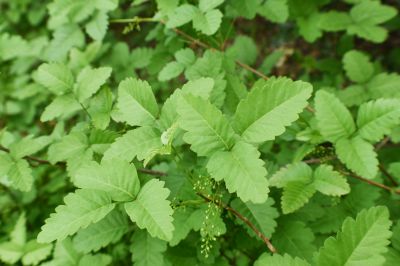
A frequent mistake in English Ivy Removals and how to dodge it.
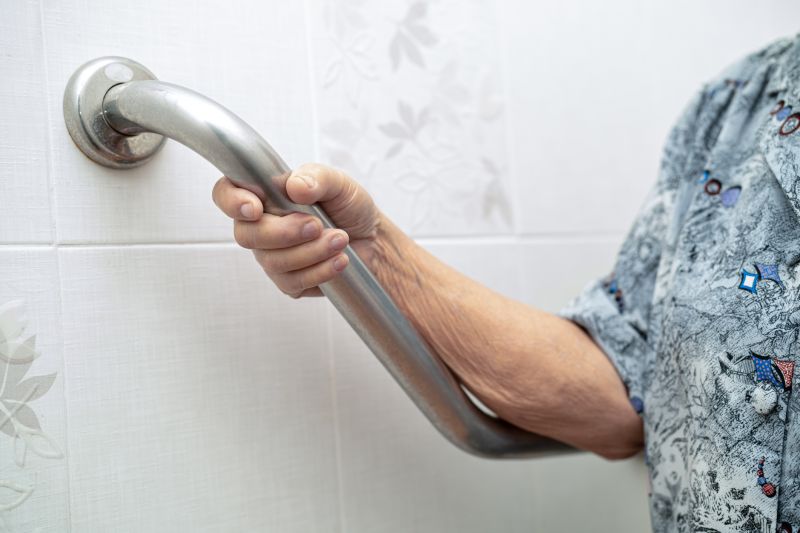
Small tweaks to make English Ivy Removals safer and easier to use.
| Season | Advantages |
|---|---|
| Spring | Active growth allows for easier removal and reduces seed production. |
| Summer | Potential for removal but may be hindered by heat and plant stress. |
| Fall | Prevents regrowth and seed spread, ideal before dormancy. |
| Winter | Less effective due to dormancy and limited growth activity. |
Effective removal of English ivy requires understanding its growth cycle and environmental conditions. Timing efforts during periods of active growth, such as spring, maximizes removal success. Conversely, late fall removal can prevent seed dispersal, reducing future invasiveness. Recognizing seasonal patterns helps in planning and executing removal strategies efficiently.
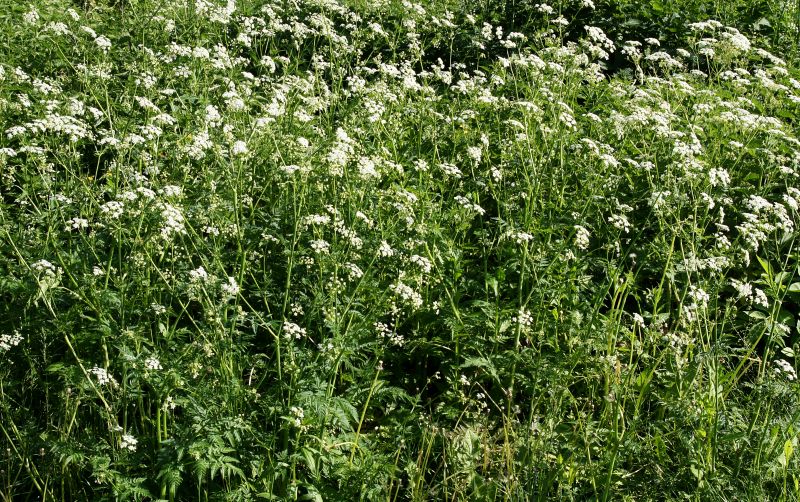
Ivy's rapid growth makes it easier to remove during spring.
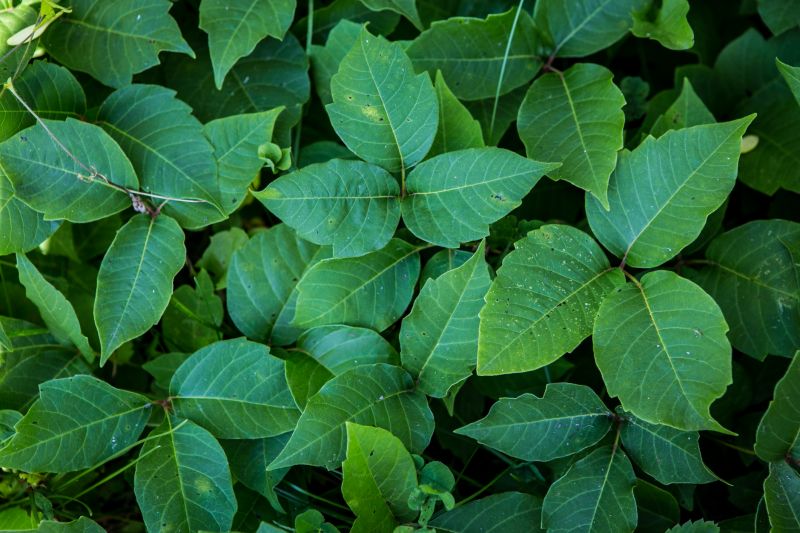
Removing before seed dispersal in late summer or fall reduces spread.

Winter dormancy limits removal options but can be used for inspection.
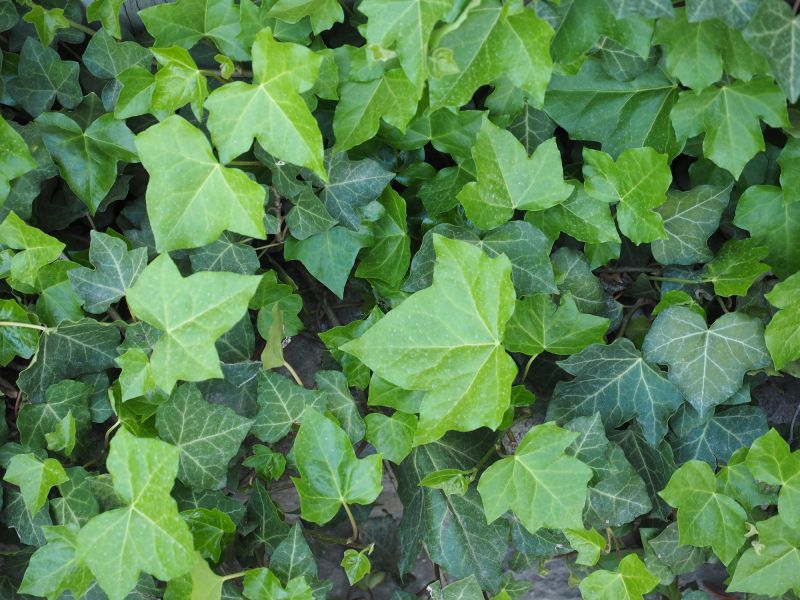
Post-removal checks are vital for long-term control.
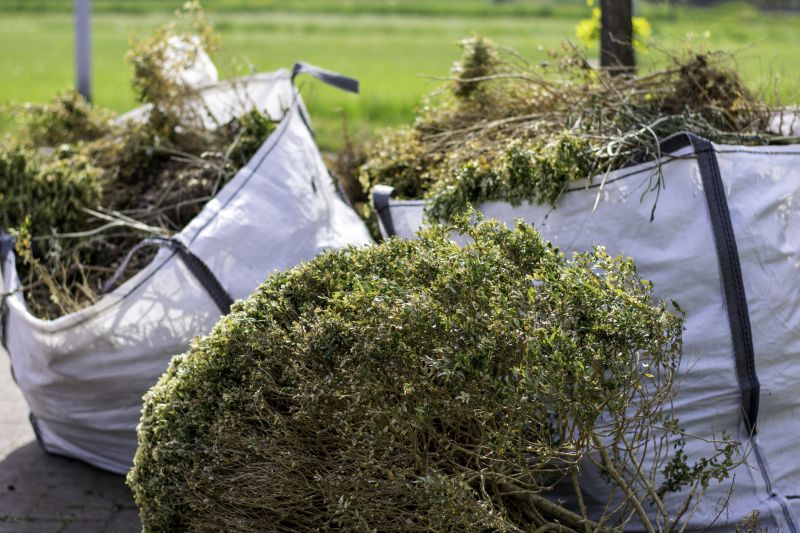
Lower-waste or water-saving choices for English Ivy Removals.
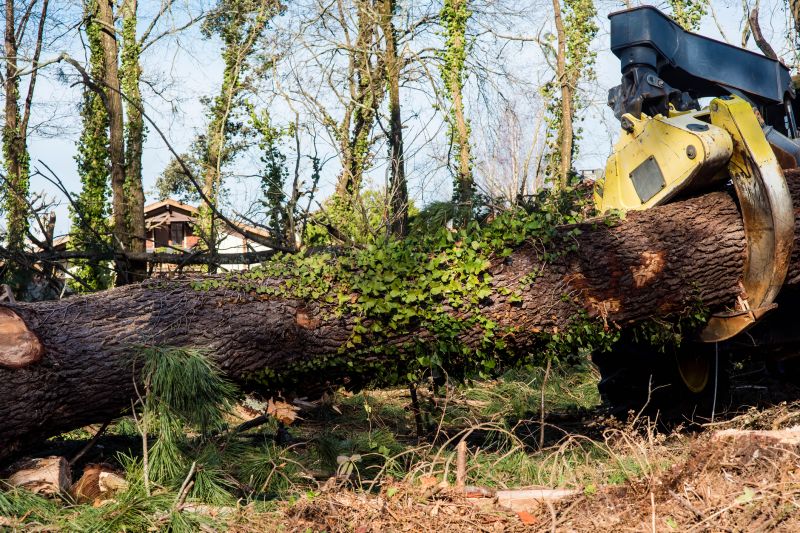
The short, realistic tool list for quality English Ivy Removals.
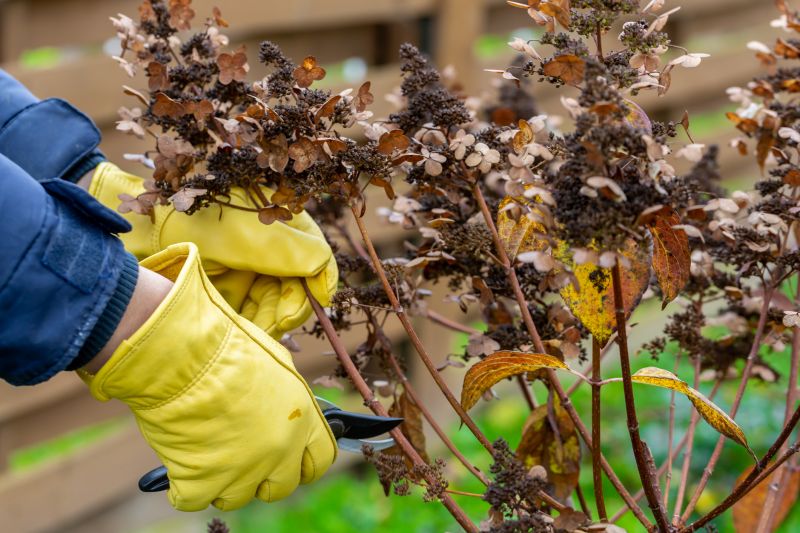
Rough timing from prep to clean-up for English Ivy Removals.
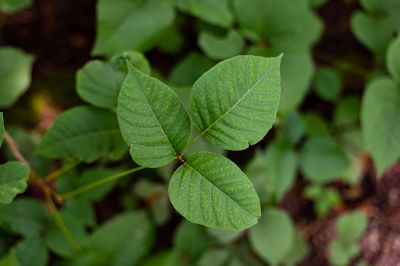
Quick checks and paperwork to keep after English Ivy Removals.
Planning ivy removal around seasonal growth patterns enhances effectiveness. Early intervention during active growth phases prevents extensive coverage and structural damage. Additionally, removal during dormancy allows for inspection and planning of follow-up treatments to ensure complete eradication.
